This essay is part three in a series. Since 13 March 2020, our team of social science researchers has been keeping a collective journal of our experiences of our New York City neighborhoods and public spaces during COVID-19. Read the essays from spring and summer here.
Our public landscapes have the capacity to absorb so much of our personal trials and our societal tribulations. But it is active stewardship that can, at its best, transcend politics and build trust between people. When we have trust in each other, we have hope.
In New York City, after a bit of respite this summer, infection rates are rising again as we are facing a second wave. Among our research team, we have friends and family who have gotten ill, a reminder that the virus is very much still present as a threat. In our communities, we observe that there is persistent need and acute risk of hunger—with municipal agencies, religious organizations, and mutual aid groups continuing to serve as frontline providers of food relief and social services to meet the needs of the most vulnerable. After just eight weeks of in-person schooling, NYC public schools moved to an all-virtual format on 19 November. Yet, indoor restaurant dining, gyms, and nail salons still remain open in December, raising ire among some parents and prompting multiple opinion pieces on the matter (see also this). This rollercoaster of openings and closings continued as the city announced a plan for resuming in-person learning in public schools starting in mid-December. No more than days after this announcement, plans for reopening changed again. Fatigue sets in from constantly having to recalibrate things like daily work-school-shop schedules and many routine activities. Everything is fluid—testing our own adaptive capacities.
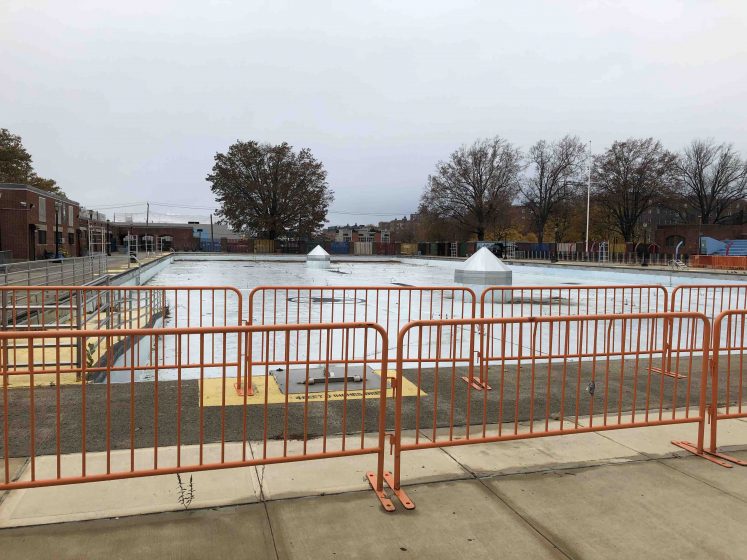
We have all had to adapt, cancel, or move to virtual our planned family fall gatherings and holidays. The CDC issued official guidance encouraging Americans not to travel for Thanksgiving celebrations, which was amplified in the social media space through norming and shaming like the trending meme “I’d rather have a zoom Thanksgiving than an ICU Christmas.” Further, we navigated a patchwork quilt of COVID-related restrictions that varied by state and county, including everything from travel-related quarantines, to curfews, to business shutdown, to bans on outdoor socializing outside the household. We feel the weight of our own personal decisions and responsibilities as we navigate household variation in risk perception, and socio-cultural norms–which are not uniformly shared.
Excerpt from Laura’s journal, 21 September:
I wanted to share a few reflections from Rosh Hashanah this past weekend. On Friday I baked challah and cooked a big meal for my zoom family dinner. Since COVID has made many of our usual holiday traditions unsafe it felt important to focus on the things I could still do, like make an apple cake that filled my apartment with a familiar smell and connect virtually with family members who are normally too far away to see this time of year. Saturday my partner and I drove to Connecticut for an outdoor picnic lunch with my family and the tashlich service (where we throw bread into water to symbolically cast away our sins). My brother-in-law led a short and socially-distanced service in the parking lot of his Synagogue; every other parking space was filled by one family unit and they asked us not to sing along for COVID reasons, a reminder that the new year was starting in a very different context. But then we did tashlich in a nearby pond and the simple act of throwing breadcrumbs into water felt unchanged. Back in Brooklyn on Sunday I went to an outdoor “shofar across Brooklyn” service at Grand Army Plaza and reflected on the power of participating in ritual in a public space.
As we move into our tenth month of the COVID-19 pandemic, quarantine fatigue is real. Recognizing that there are axes of incredible difference based on social vulnerability that shape personal exposure to risk, we are all–in unique ways—experiencing the sustained impacts of this public health crisis, the cascading economic effects, and the transformations of our social worlds.
Excerpt from Lindsay’s journal, 30 October:
On the personal front, I think I’ve finally realized that I am entering a stage of fatigue. I’m working a ton, I’m home with Mia, Ricardo does almost all the cooking, but still I find myself with zero time—no exercise, not seeing friends. Time is just flying by. I miss the sum total of lived experience in the city. No, I don’t miss commuting, but as my friend Minna said, “I miss the randomness.” It’s all just starting to wear down—the sameness, being home all the time, connected only through the computer. I miss my SOCIAL WORLD. I keep thinking about Erika’s comments from Frank Snowden. So hard to put a finger on, to capture, and to see, but that erosion of our social bonds is real, personal, and deeply felt.
Yet, we have seen an amazing range of adaptations that allow us to sustain and continue our social and economic lives. Here in New York City, we have moved more of our lives outdoors—particularly in our parks and open spaces, which have become even more the lifeblood of the city, hosting outdoor fitness classes, classrooms, book clubs, birthday parties, playgroups, community dialogues and more. Municipally-enabled programs of Open Restaurants, Open Streets, and Open Storefronts transform and repurpose the public right-of-way for diverse uses. Yet, these programs cannot fully support or save whole sectors—arts and culture, retail—the economic impact is staggering. As of September, fewer than 10% of Manhattan office workers had returned, with cascading impacts on retail, restaurant, and service providers connected to those workers. For colleagues that work in these sectors, we have little to offer but sympathy and worry, mumbled apologies and distress.
Overall, many have expressed the feeling that the novelty of distanced socializing and outdoor dining is waning. With shorter and colder days, comes a grim sense of preparing for a long winter. We are now all acting like amateur meteorologists (as well as amateur epidemiologists), keenly aware of sunrise, sunset, temperature gradients, and wind chill factors. Many people are getting serious about thermals, boots, jackets, and space heaters. But all the best gear and “can do” attitude doesn’t fully shake the feeling of dread and worry about what lies ahead over the next few months. Yet, with recent announcements on the development of vaccines, we can see a light at the end of the tunnel. With spring, summer, and vaccines ahead, we redouble our efforts to stay safe and sustain ourselves and our communities through this winter.
We cannot write about this fall without reflecting on the impact of the election. As federal employees and researchers, it is not our role to take a political stance. But as observers of our social worlds and cultural milieus, we can plainly see that once again our public spaces serve as crucial sites for contestation, celebration, and protest. We are reminded that there are few places other than public lands that have the capacity to absorb all of our strife and angst, our protest and peace. And sometimes, all of it can be expressed in one weekend and within a single public space.
2. The power of public lands and the possibilities of social infrastructure
Given all of these overwhelming divisions and chronic challenges, how can our public realm continue to offer social support? When and how can our shared public spaces at minimum meet a wide range of needs and, at best, help us to come together or transcend these differences?
First and foremost, the power and potential of public lands lies in the fact that they are just that—public and open to all. We have been conducting a series of interviews with city, state, and federal land managers across the northeast, asking them to reflect on the role of the forests and parks that they steward in light of the events of 2020—including both COVID-19 and the uprisings around racial injustice. A consistent theme we heard echoed again and again at every scale of government is that these lands are for everyone:
- A New York City Parks administrator said, “[our park] is a place for people to come together and is welcoming of all people” and “We have this incredible open space resource. It’s an educational resource and a recreational resource, but we have to find out how we can best be of use to those [under served] communities.”
- A New York State Parks official said, “public lands are for all.”
- A National Forest representative said, “make people see that this forest, this public land is YOURS.”
Since the start of the COVID-19 pandemic, there has been a renewed attention to the importance of green space and nearby nature as a crucial resource that supports all dimensions of physical, mental, social, and emotional health and well-being. Going further, the pandemic has shined a light on pre-existing inequities in the distribution of, access to, and financing and programming of these greenspaces across landscapes and communities. As has been well-known in environmental justice circles for decades, access to parkland and tree canopy is uneven, including along dimensions of race and class (see, e.g., Grove et al., 2018; Heynen, 2003, Schwarz et al., 2015; Watkins & Gerrish, 2018).
The NYC City Council Parks and Recreation Committee held a hearing on 22 October on this very issue: “Improving the Equity of Green Space throughout the City in Light of the COVID Epidemic.” Not only did the NYC Parks Commissioner, Mitchell Silver, offer testimony, but dozens of non-profit partners, advocacy groups, labor unions, community gardeners, park workers, and committed residents and stewards spoke out on the need for an equitable open space system, now more than ever. As Forest Service researchers, we too offered testimony, reflecting in particular on the importance of civic groups and their role in activating these public spaces as social infrastructure. While it is important to focus on the physical resource of parks and open space, it is not enough. We also need to support people and organizations that care for these green spaces, so that they can truly function as equitable and inclusive social infrastructures. Community organizations play a pivotal, but often unseen role in supporting public open spaces and activating them as social infrastructure — leveraging significant person power, time, and resources (Landau et al. 2019).

During times of disturbance, these civic stewardship groups act as “green responders”. After a crisis, first responders help to stabilize life and property. As part of longer-term recovery and preparedness cycles, stewards can help to rebuild communities and landscapes through environmental action (Campbell et al. 2019; Svendsen and Campbell 2010). The act of caring for local places can transform not only the physical environment, but also our relationships to those places and to each other. In the wake of COVID-19 and the murder of George Floyd—two crises that co-occurred and intersected, we saw many stewardship groups spring into action to address new needs that came from the pandemic and the uprisings around racial injustice:
- One group added a set of “recovery icons” to their open source digital mapping materials, so that stewards and activists around the world can map assets such as food banks, temporary housing, and hand-washing stations.
- Another group that was impacted by loss of funding for the city’s public composting program responded by partnering with other compost groups to advocate for a partial restoration of the community compost budget.
- A group in the Rockaways more than doubled their farm share program and offered free Thanksgiving dinners to support community members in need. In addition to their food justice work, their educational team also created a documentary reflecting the lives and stories of their youth participants during the pandemic.
- A group in Flushing pivoted to providing online content – including a virtual environmental justice book club – to keep participants connected in conversation and community and fight “quarantine monotony”.
- During the protests in the wake of the George Floyd murder, banners riffing off the NYC Parks official COVID social distancing signs appeared in some parks in Brooklyn. While they are not park of the parks’ official signage, they have been left up and serve as a reminder that public lands serve as sites of expression.
Civic engagement is critical to public space. In addition to providing labor and increasing capacity, it strengthens democracy via empathy, innovation, and fostering social trust. For example, a study of volunteer tree planters participating in the MillionTreesNYC found that–other than voting or attending religious services–tree planting was many participants’ first act of volunteerism; follow up interviews found that they went on to be more highly civically engaged in their communities in other ways. As such, we find that environmental stewardship can be an on-ramp to other forms of engagement (Fisher et al. 2015). Civic stewardship can increase community and cultural relevance by providing locally tailored and specific programming, events, and activities. Prior to the pandemic, one local friends-of park group in Queens organized nighttime dance parties, public health fairs, and arts activities for children to bring diverse residents together around issues they cared about–all with a fun and educational tone. And this summer, a group in Brownsville, Brooklyn responded to the shifting needs of their community members by building out a focus around mental health care and wellness. In addition to new needs that have emerged during the pandemic, groups have also continued annual events, like raking leaves, which can feel like rituals, grounding neighbors in time and place.
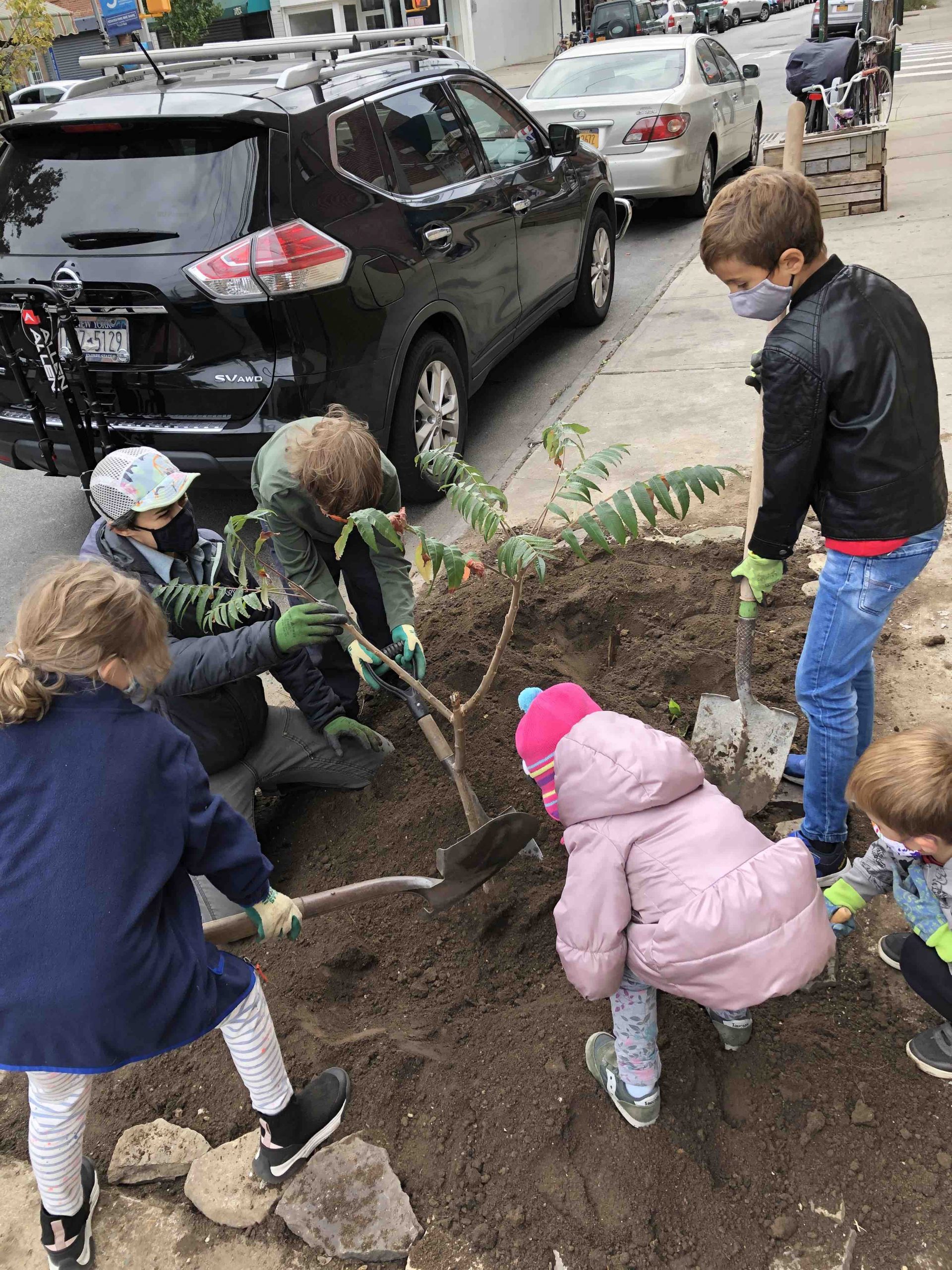
Excerpt from Lindsay’s journal, 26 October
This past weekend, I did some long-overdue stewardship on Pioneer Street, after having been dormant for a few seasons. Marisa (friend, neighbor, and garden steward at Pioneer Works) and I organized it and ALL the kids in our building came out to help. We created a new stone border on the empty tree pit outside our door, planted an indigo bush, moved a sumac from the planter, planted bulbs I had bought, and echinacea Marisa brought. We also replanted the planter with grasses and wildflowers. We made hand-made signs espousing our love for our human and plant neighbors, and took a tea break served off the back of a wagon. It was hard work and fun — and it was the first time since the pandemic that I had seen so many of my neighbors together. Now this tree pit that Ricardo and I had tended as a household in the past became truly a shared space, stewarded by our building and with our neighbors down the block.
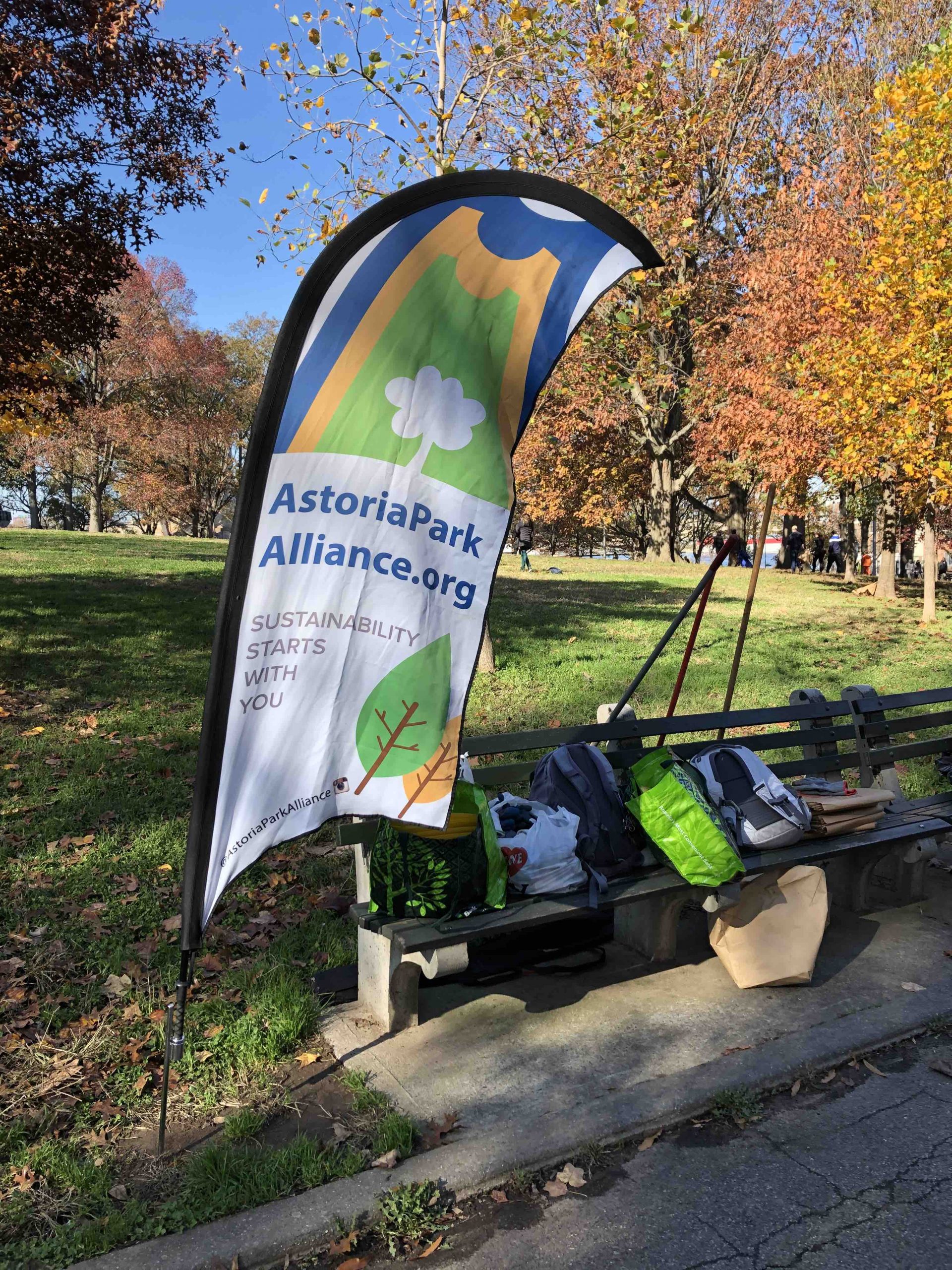
Overall, we have an over-reliance on, but under-resourcing of civic stewardship groups in frontline communities. A “both/and” approach is needed to support an equitable system of stewardship across public, civic, and private sectors. The public sector provides crucial parks maintenance workers as paid jobs–and is currently facing devastating losses to this essential permanent and seasonal workforce in light of budget cuts.
Volunteerism and civic leadership also provide important sources of personal meaning, community contribution, and social ties, particularly in these times of high unemployment and underemployment. Vibrant urban public open spaces require government and NGO programs that enable and foster civic engagement at all times of year and in all neighborhoods.
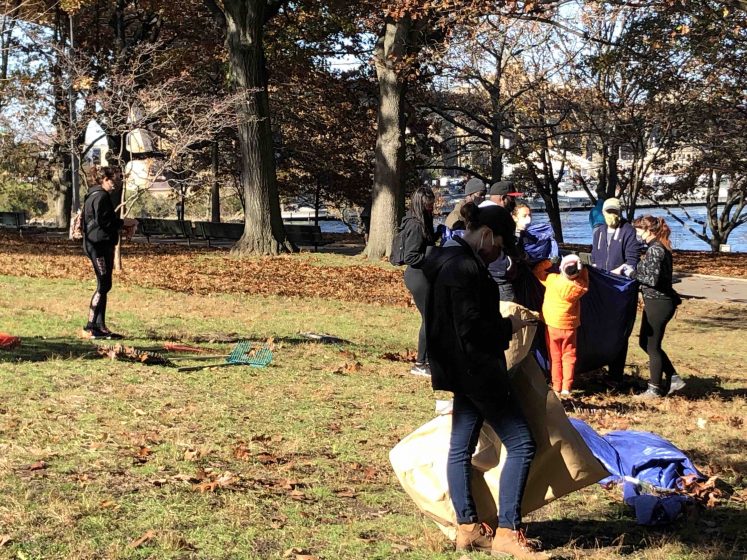
Our public landscapes have the capacity to absorb so much of our personal trials and our societal tribulations. But it is active stewardship that can, at its best, transcend politics and build trust between people. When we have trust in each other, we have hope. Reflecting on the experience of everyday people during our nation’s hardest times in the 20th Century, NYC-born Studs Terkel once reminded us, “Hope springs up, it doesn’t trickle down.”
Lindsay Campbell, Erika Svendsen, Laura Landau, Michelle Johnson, Sophie Plitt
New York
about the writer
Erika Svendsen
Dr. Erika Svendsen is a social scientist with the U.S. Forest Service, Northern Research Station and is based in New York City. Erika studies environmental stewardship and issues related to hybrid governance, collective resilience and human well-being.
about the writer
Laura Landau
Laura is an Assistant Professor of Political Science at CUNY Kingsborough Community College in Brooklyn, where she teaches U.S. Government and Environmental Politics. Her research focuses on post-disaster community organizing and the ability of grassroots movements to create local social and environmental transformation.
about the writer
Michelle Johnson
Michelle Johnson is a research ecologist with the USDA Forest Service at the NYC Urban Field Station.
about the writer
Sophie Plitt
Sophie Plitt is National Partnership Manager the the Natural Areas Conservancy. Sophie works to engage national partners in a workshop to improve the management of urban forested natural areas.


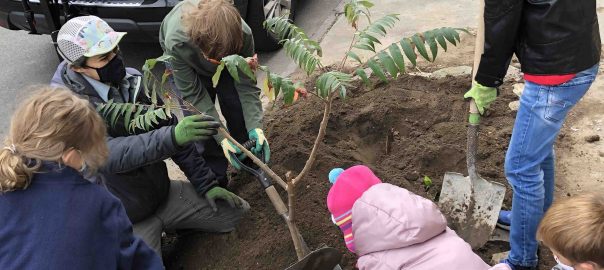
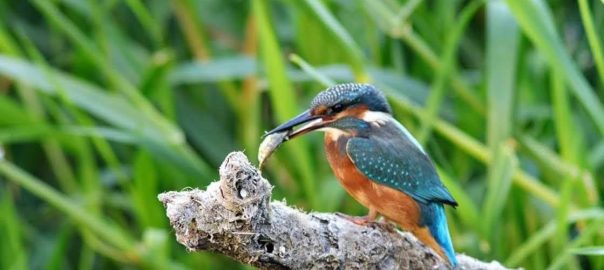
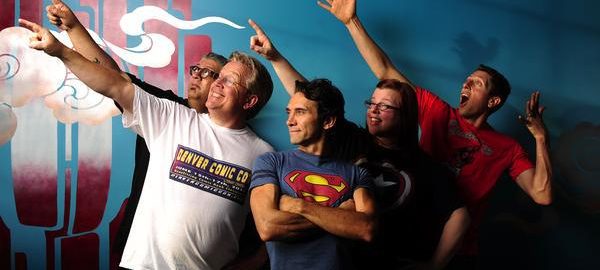
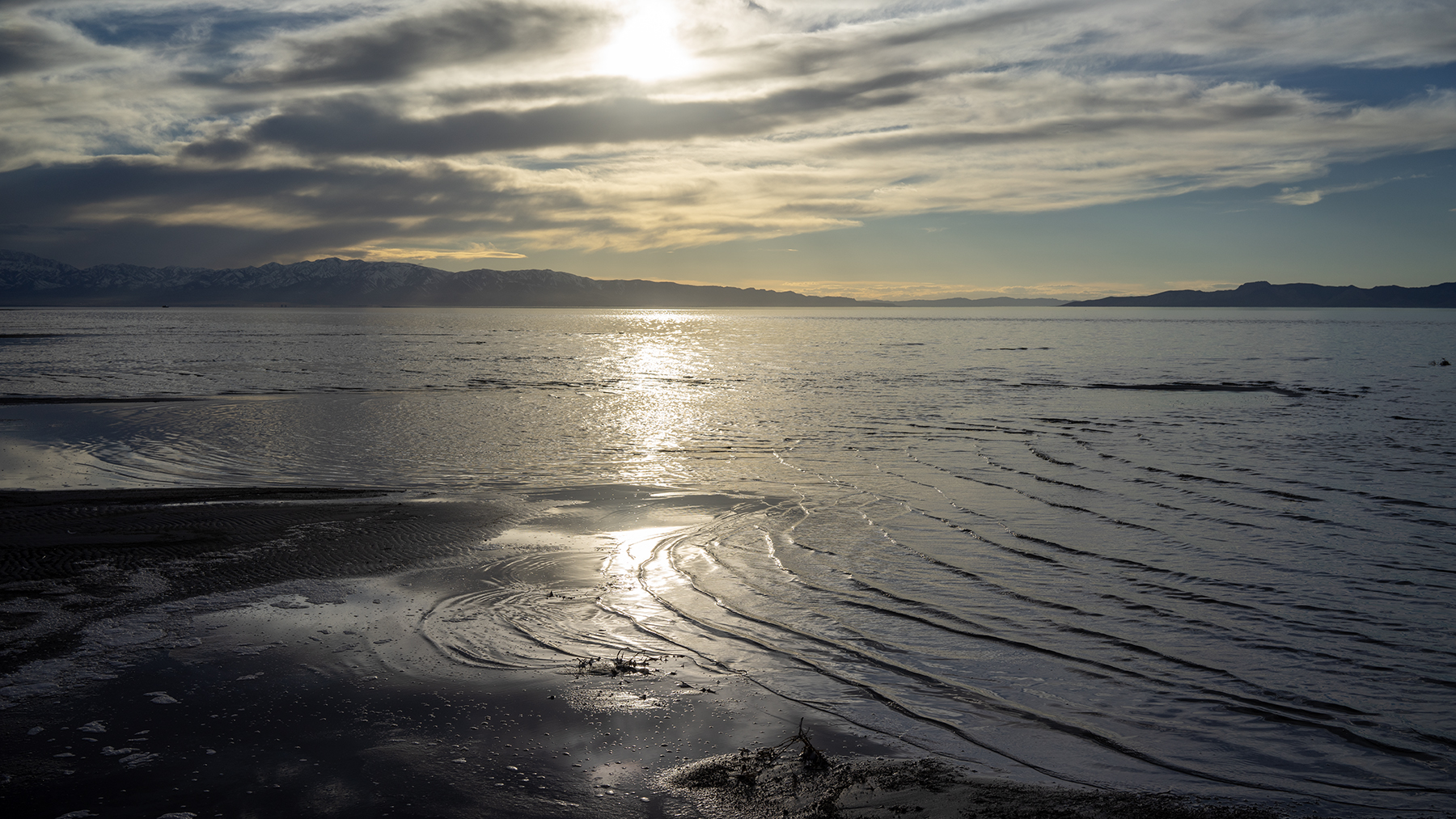
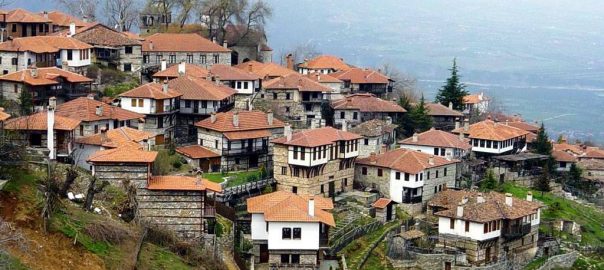
Leave a Reply